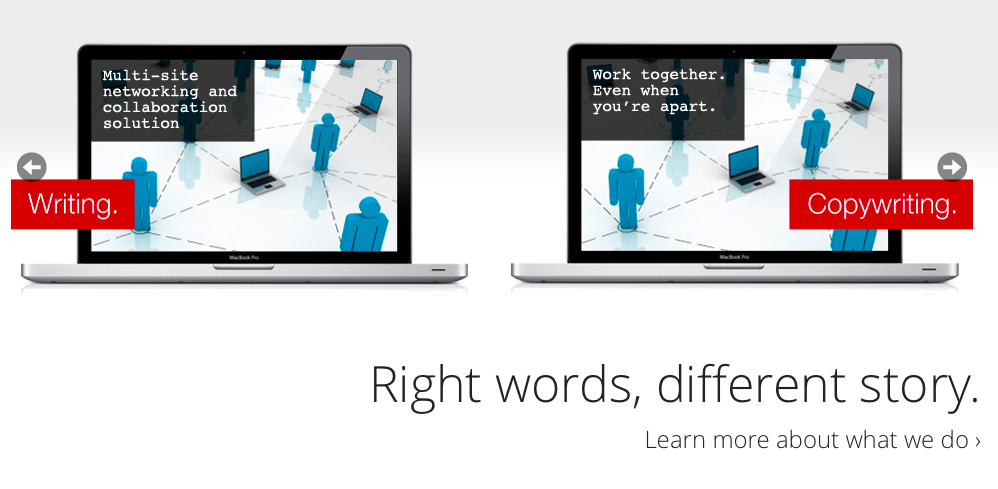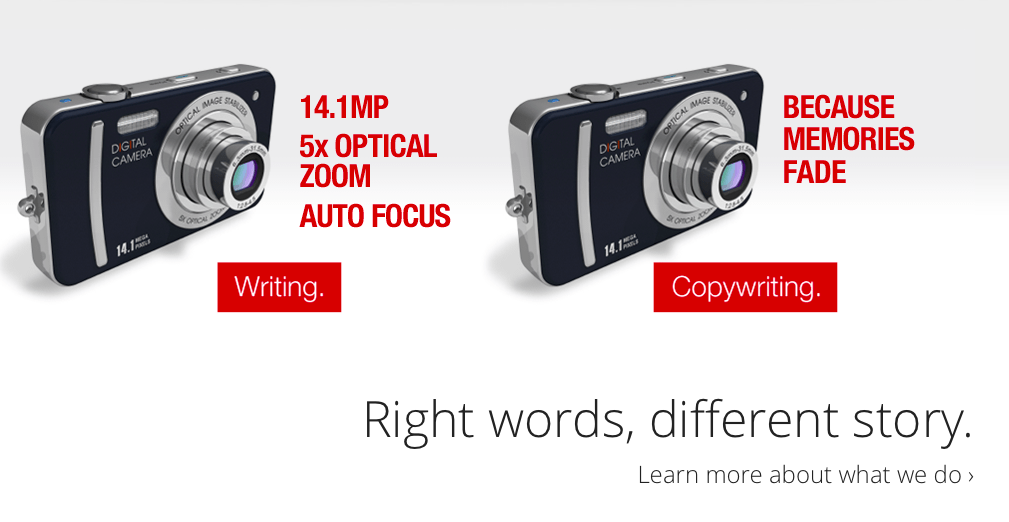 Renata Gajoch-Bielecka
created
Renata Gajoch-Bielecka
created
Storytelling in marketing
Back to list of articlesI was reminded of the Churchill quote about “blood, toil, tears and sweat” as I wrote this post. I think I went through every stage soon after I decided to make my next post about storytelling. I read up on it, attended FreshMail’s biggest annual conference Mail My Day, listened attentively to every speaker and what they had to say about narratives and heard the same words again and again - “storytelling”, “narration”.
Full of inspiration and ideas, I sat down at my computer, convinced that my best work ever was just about to fill the page.
You can probably guess what happened then. That spark of creativity inside me just...vanished.

I knew I had to get it back so I watched some more inspirational clips, decided to take Nike’s advice to just do it and even put a note on my computer to get me started.

I looked everywhere for more creative fuel. At the supermarket, in the news, from people watching. Seriously, I mean I looked everywhere.
Until one day, as I started again at my keyboard, it hit me. I’ll just write the truth - good storytelling isn’t that easy.
Because isn’t it so much easier to say “Hi! Today I have for you article about storytelling. Here are 8,000 characters telling you how to get started so let’s go!”?
Compare these two introductions and think about which gets your attention. Is it the honest description of an author’s struggles or the bland and simple promise of how easy it all is?
Still, the fact is that storytelling is well worth the effort it demands since nothing can match its ability to engage subscribers.
Storytelling in marketing - painting a picture
Storytelling is part of our collective human identity. Kids like stories and fairy tales even before they can fully understand them. Anywhere you find people, you will find stories to hear. It follows that marketing narratives are a tool that makes brands more easily identifiable and brings subscribers closer. Also, good stories get shared and repeated, which increases their reach.
InPost
InPost is a package delivery firm that gives customers 72 hours to pick up their parcels. To remind customers that their packages were waiting, they started by sending text messages like “Just a reminder about your package, which is available for pickup at location X using code Y”.
Then they changed the text a bit:
“Hi! It’s your package here. I’m waiting to picked up. I’m not complaining but I’d rather be at home with you than in this box!”.
You can guess what happened. Customer pickups in the first 24 hours that a package was waiting shot up about 40% compared to the previous message.
People react to even the most simple stories. Put your message in the right form and you will get results!
Who’s the best storyteller?
Here’s an example from Procter & Gamble that’s hard to beat. The Olympics are a huge stage for television and just the right time to put your best advertising message forward. What is better opportunity to tell the story of where athletes’ courage and confidence comes from?
Volkswagen took a different path to a memorable piece of storytelling. They remind us that you don’t even have to use words to communicate a memorable message. In this ad a little boy tries to use the Force on different objects at home before getting some help from Volkswagen.
Sometimes even the biggest budgets and best creative teams can it wrong. Pepsi thought they had a hit with Kendall Jenner but the fractured and vague narrative didn’t connect with viewers. The ad was pulled in no time and will be remembered as an epic fail.
Given that we’re all overwhelmed with a daily deluge marketing messages (up to 3000 a day!) it’s natural that at some point we stop paying attention. That’s why marketers that can move us and connect on a fundamental level have an edge over others who are simply promoting a product.
Authenticity counts
Look at below examples:
“To meet the expectations of customers, we offer high quality at low prices”.
“Every customer gets a special offer adapted to his needs at a great price. We serve customers of all kinds and from every field.”
“We are dedicated to meeting the expectations of our customers and hiring the best possible team to deliver high-quality service.”
VS
"Back then, the company was a single store in Seattle’s historic Pike Place Market. From just a narrow storefront, Starbucks offered some of the world’s finest fresh-roasted whole bean coffees. The name, inspired by Moby Dick, evoked the romance of the high seas and the seafaring tradition of the early coffee traders.(...)
From the beginning, Starbucks set out to be a different kind of company. One that not only celebrated coffee and the rich tradition, but that also brought a feeling of connection.
Our mission: to inspire and nurture the human spirit – one person, one cup, and one neighborhood at a time."
”Artists who just happen to use video equipment”
“At 60 miles an hour the loudest noise in this new Rolls-Royce comes from the electric clock” - Rolls Royce
“Connecting people” - Nokia
“To bring inspiration and innovation to every athlete in the world” - Nike
Good storytelling in marketing starts with authenticity. You can use the three slogans above to describe 90% of brands. They consist of many words, however don’t say much. What make other brands to stand out are true stories, ideas that stay with you and emotions that make a start of memorable message.
Now, you might be thinking “Ok, that’s fine for big brands with budgets that can get their message out, but what about smaller operations without the resources to dedicate to creating these histories?”
That’s a fair point, up to a point. In fact, all you need to do is take a step off the beaten path.
Most brands describe the features and advantages of their products. But when you look at the examples above, it’s easy to see that images and emotions make a stronger connection that plain facts. Narration allows you to access a different part of a customer’s psyche.
Images, not numbers
Here’s a quick example of what I’m talking about.
Let’s say a restaurant puts up a lunchtime post about that day’s special.
Version 1:
Today’s lunchtime menu features a fish fillet in cream sauce with seasonal vegetables at a great price!
Version 2:
While you were still asleep early this morning, our chef was up and out the door to be first in line at the fish market to get the best fillets for today’s incredible lunch special. Come and see why it worth getting up long before sunrise!
Which one makes you think more about having fish for lunch?
When creating your own marketing messages, remember that it’s more than just facts and figures. Storytelling brings life and colour into the mix and invites customers to complete the picture with themselves in it.
Passive voice - avoid it!
Even though it’s on every list of “dont’s”, it’s easy to find example of the use of the passive voice in marketing messages. The main reason it should be avoided (see what I did there?) is that people don’t talk this way, especially when emotion is involved. In marketing messages, the passive voice is disengaged and distant, exactly the opposite of what you want.
We communicate with each other with emotions so why not do the same with your customers? Articles, website content, emails, etc. are read by people who react with emotion to words and images. Speak to them as people, not customers, and your marketing tasks will be easier.
Which of these sounds more “human?


The bottom line: storytelling opens doors
Good stories set the emotional foundation for a relationship with customers. It puts brands in a more personal space than a simple vendor that provides a product. Not creating narratives means not reaching customers at the most universal human level.

